Google's latest improvements to Android device setup represent years of focused effort to solve one of the platform's most persistent pain points. Anyone who's switched phones in the past knows the drill: hours of waiting for data to transfer, manually logging back into countless apps, and that sinking feeling when something inevitably doesn't make it over properly.
The good news? Google has been systematically addressing these frustrations, and the results are starting to show real promise. Recent announcements from Google detail significant improvements to Android's device setup and data transfer capabilities that could finally put an end to the traditional setup nightmare we've all come to expect.
Why the old setup process was such a headache
Let's break it down: the traditional Android setup experience was designed around a rigid, all-or-nothing approach that forced users to make critical decisions before they'd even had a chance to explore their new device. This created a frustrating bottleneck where people felt pressured to commit hours to data transfer during their initial excitement of unboxing a new phone.
The underlying architecture contributed significantly to these delays. Android was originally designed as a large, tightly coupled system, requiring vendors to wait for Google to release a stable OS version, then merge it with their modifications, adapt vendor-specific features, and test and distribute new firmware. This complexity meant that most smartphone manufacturers, who make money primarily by selling devices and preinstalled apps, had little incentive to update older models quickly.
This architectural rigidity created cascading effects that users felt directly, particularly in data transfer performance. Without modularity, vendors had no way to ship incremental updates, as everything required a full firmware release. For users switching from iOS to Android, the process could take several hours, especially for those with large amounts of photos, videos, and app data. This created a significant barrier for potential switchers and frustrated existing Android users upgrading to newer devices.
What's actually working now
Here's where things get interesting. Google's recent improvements are showing measurable results that directly address these historical problems. The most significant change is the introduction of flexible setup options that let users explore their new device before committing to lengthy data transfers.
The Pixel 9 series introduced a distinctive feature within the Android ecosystem: the capability to transfer data from another device at any time, even after the initial setup has been completed. This might seem like a small tweak, but it's actually revolutionary. Instead of being trapped in setup purgatory, you can now get your hands on your new phone immediately and deal with data migration when it's convenient.
This functionality is set to be available on other Android devices in 2025, which means this won't remain a Pixel-exclusive feature. Users can now explore their new phone first and transfer data later, allowing for a swift initial setup while deferring data transfer until they are prepared.
Speed improvements are equally impressive. For users transferring data from an iPhone to an Android device using a cable, the process is now 40% faster than in 2023. This isn't just a marginal improvement – we're talking about a change that saves hours for individuals with substantial amounts of data to transfer between devices.
An express setup option has been introduced for transitioning from an older Android device to a new one, which only transfers the information stored on the device, excluding any data already backed up to the cloud. This smart approach exemplifies Google's new flexibility-first philosophy, eliminating redundant transfers and focusing on what actually needs to move.
The game-changer: Restore Credentials
Perhaps the most revolutionary improvement is Android's new "Restore Credentials" feature, which may remove much of the tedium of logging back into apps when switching to a new device. This addresses one of the most frustrating aspects of device setup – the need to manually log back into dozens of apps.
Google introduced Restore Credentials as a feature within Android's Credential Manager API, designed to simplify account recovery during device transitions. The system works through restore keys, which are public keys that use existing passkey infrastructure to move credentials between devices.
The technical implementation is elegantly simple. Android apps can automatically check if a restore key is available and log users back in at the first app launch. No more hunting through your password manager or trying to remember which email you used for that one app you installed three years ago.
Here's how it works in practice: On the old device, the app generates a restore key after verifying the user's identity, which is stored locally and backed up to the cloud (unless opted out). On the new device, during setup, the restore key is downloaded from the cloud or transferred locally, enabling silent login in the background. Apps can detect a restore key during the first launch to sign users in, even without a BackupAgent.
What's particularly clever about this system is that it maintains security while dramatically improving user experience. The restore keys are cryptographically secure, and developers can opt out of cloud backup if they prefer local-only transfers.
Where this leaves Android users today
The improvements represent a fundamental shift in how Google approaches device setup and user experience. Rather than treating setup as a one-time hurdle to overcome, the company is building flexibility and user choice into every step of the process.
Statistical evidence supports the importance of these changes. Research shows that 40% of U.S. users reset or replace their smartphones annually, often abandoning apps due to the hassle of re-entering credentials. The benefits of Restore Credentials include seamless user experience, immediate engagement, and automatic login. This means that Google's improvements could significantly impact app retention and user satisfaction across the entire Android ecosystem.
The architectural changes enabling these improvements run deeper than surface-level features. Google has gradually re-architected Android to shorten update delays, reduce dependency on device manufacturers, and eventually deliver new features directly without waiting for a new OS version. This shift enabled Android's new quarterly release model, starting with Android 16, allowing for more frequent updates and a more consistent platform.
Google has also been working closely with device manufacturers to ensure these improvements aren't limited to Pixel devices. The company has collaborated with multiple phone manufacturers to launch Android Switch, a streamlined onboarding tool that promises to make device transitions far less painful across the entire Android ecosystem.
These improvements are particularly compelling for users considering platform switches, as the traditional barriers between ecosystems continue to diminish. The faster transfer speeds, combined with the growing adoption of RCS messaging (which Apple finally supported this year), mean that switching from iOS to Android has never been more appealing.
Bottom line: The setup nightmare might finally be over
Google's systematic approach to fixing Android's setup problems appears to be working. The combination of flexible timing, faster transfers, and automated credential restoration addresses the core frustrations that have plagued Android users for years.
What's particularly encouraging is that these aren't just incremental improvements – they represent a fundamental rethinking of how device setup should work. The ability to explore your new phone before committing to data transfer, the dramatic speed improvements for cross-platform switches, and the promise of automatic app logins all point toward a much more user-friendly future.
While these improvements are still rolling out across different devices and manufacturers, early results suggest that the worst aspects of Android device setup may finally be behind us. For an ecosystem that's often criticized for fragmentation and inconsistency, these coordinated improvements across the entire setup experience represent exactly the kind of platform-wide polish that Android has needed.
The real test will be how quickly these features roll out to non-Pixel devices and how well third-party manufacturers implement them. But for the first time in years, Android users have genuine reason to be optimistic about their next device upgrade – and that's no small achievement.




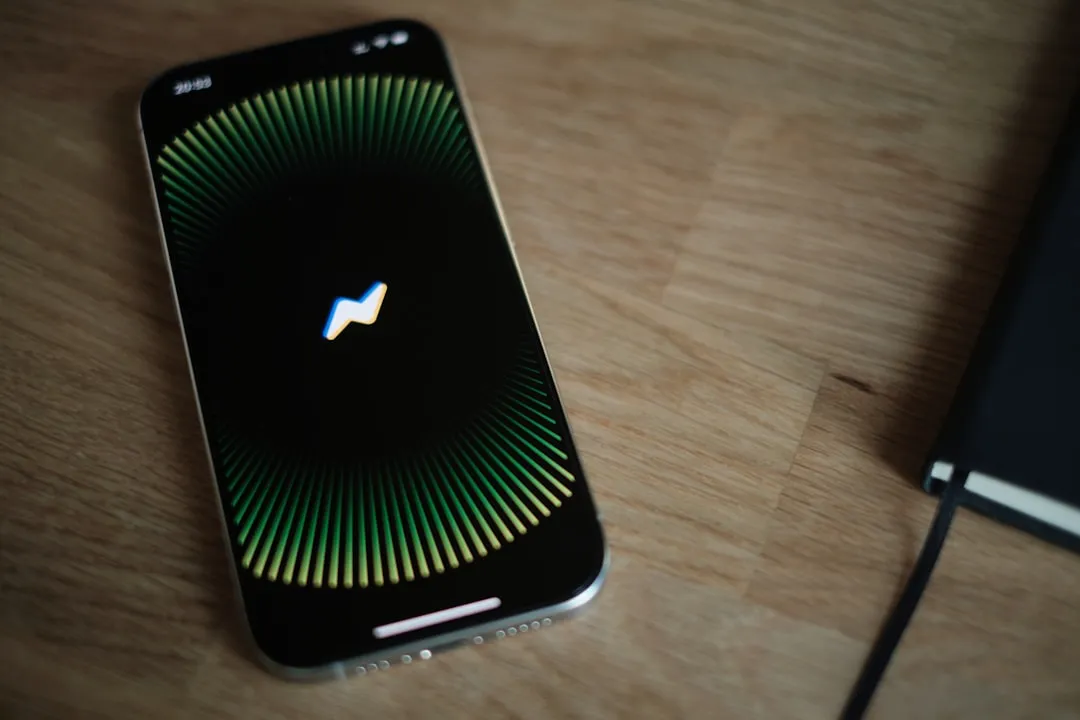

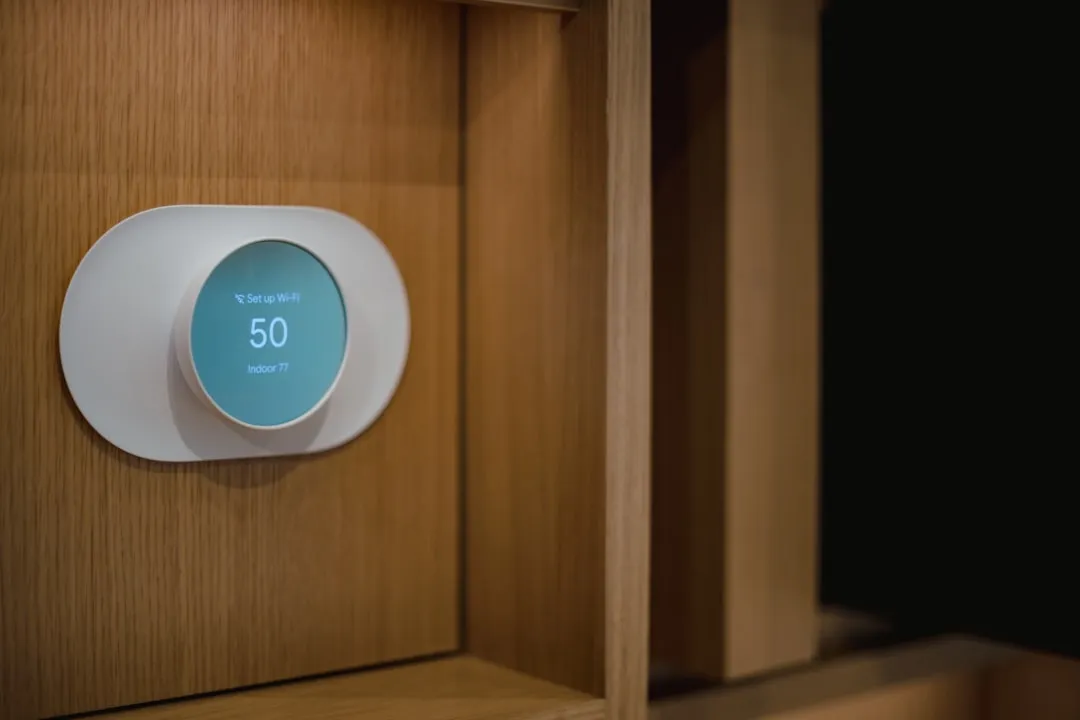


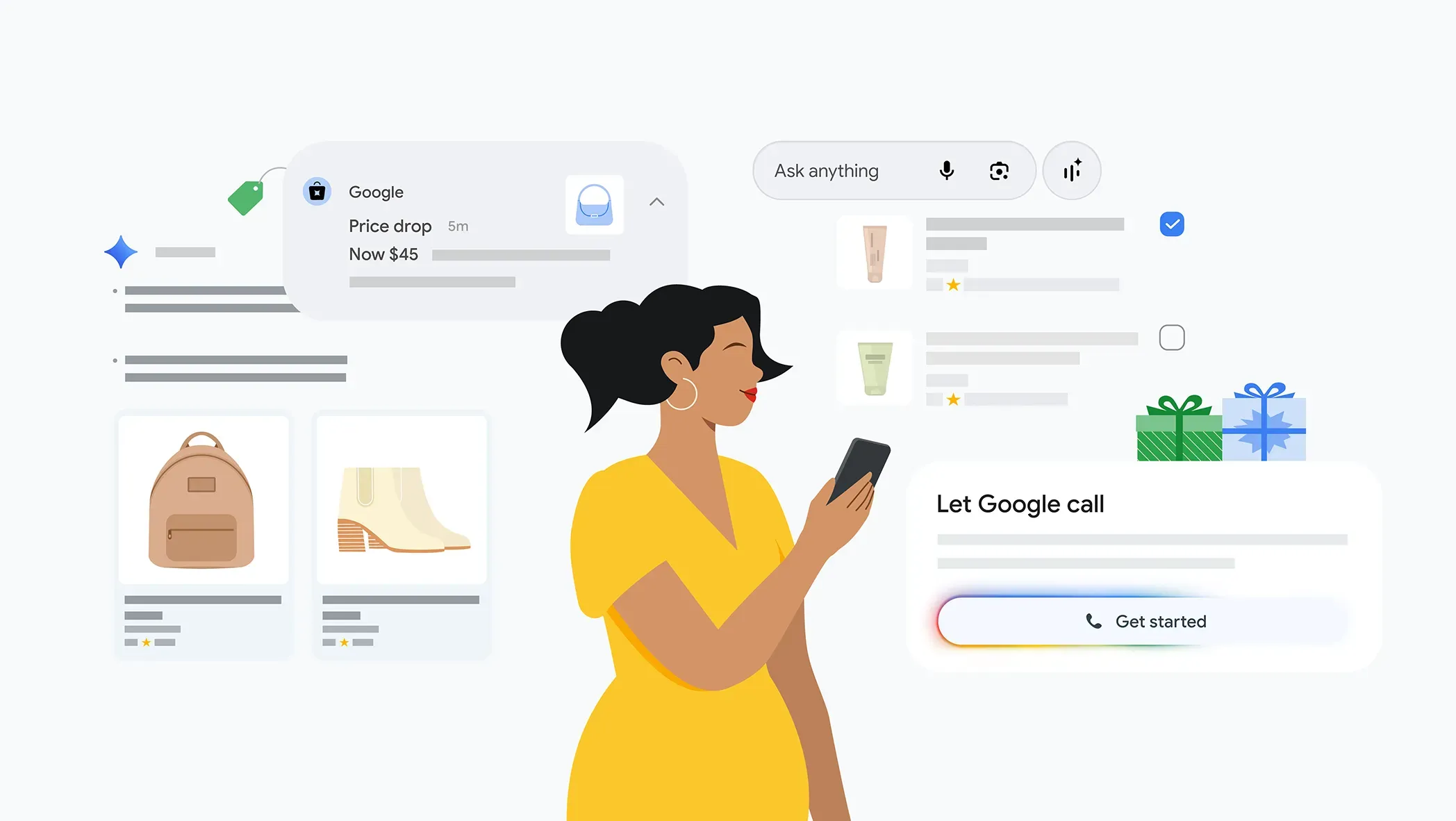
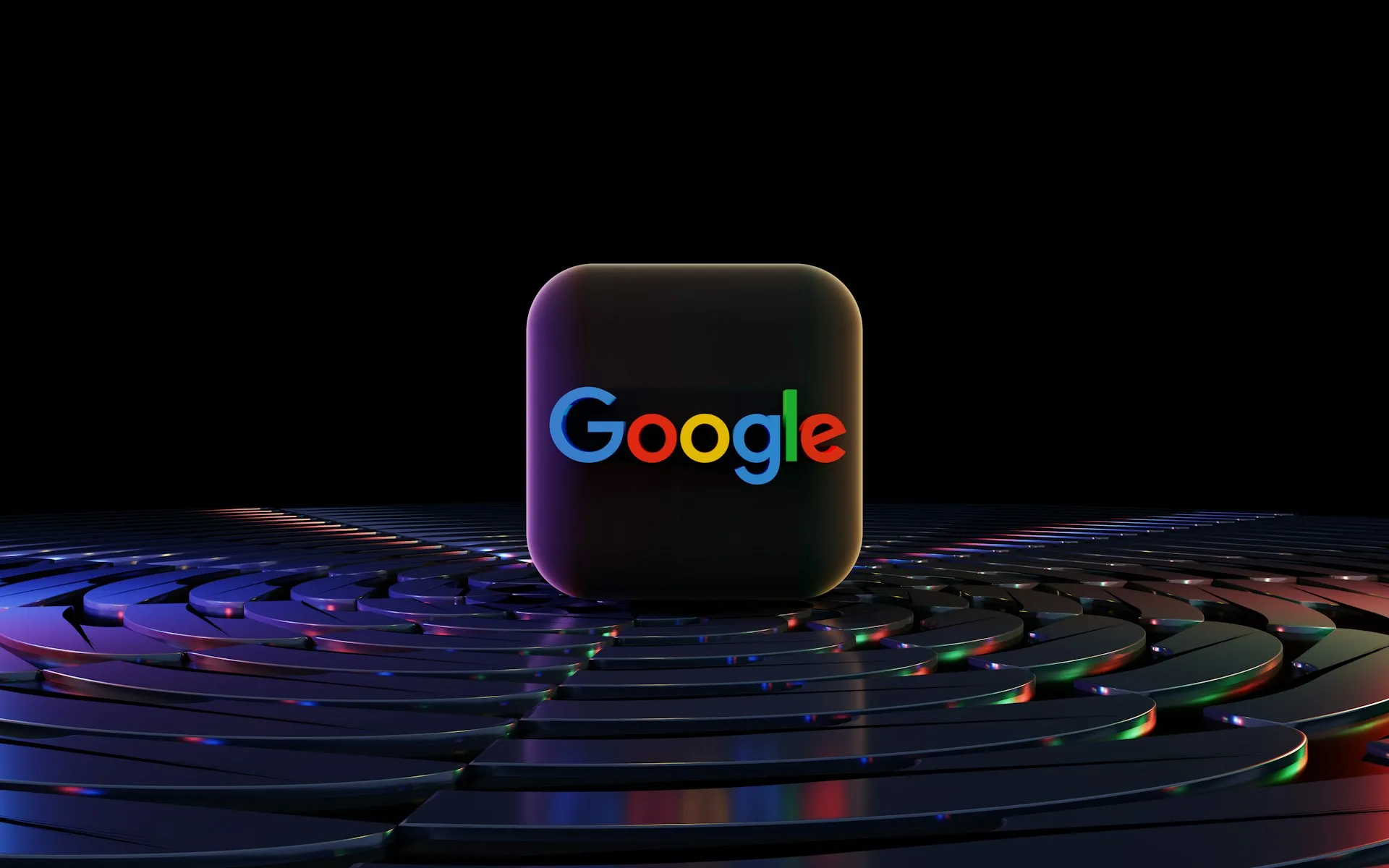


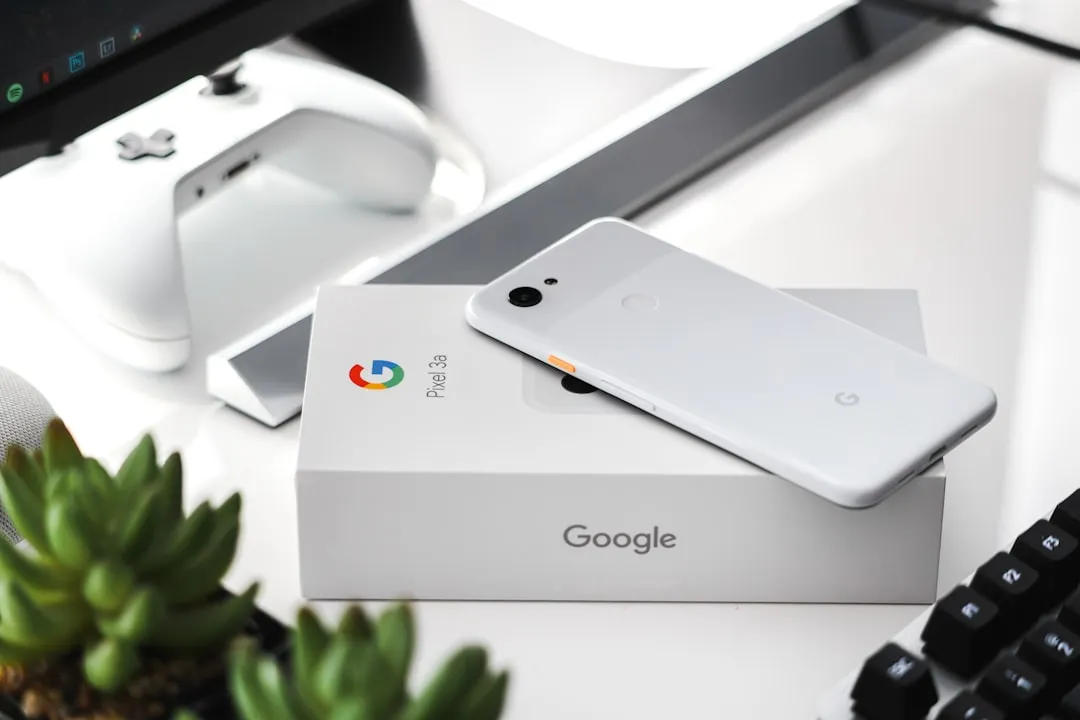
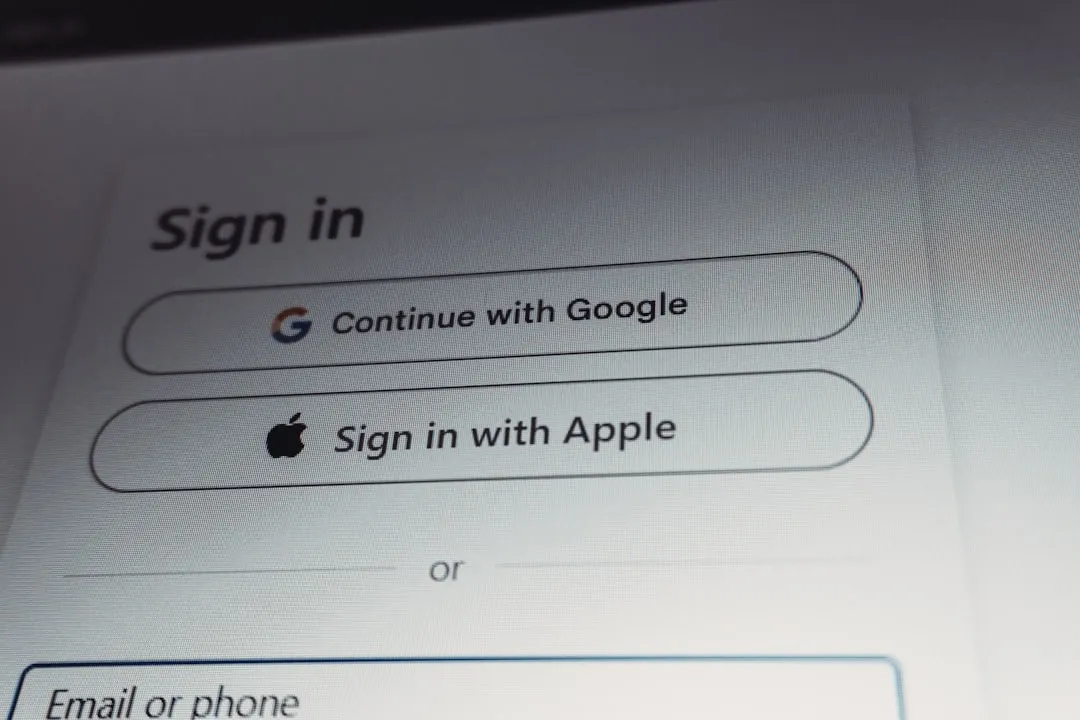





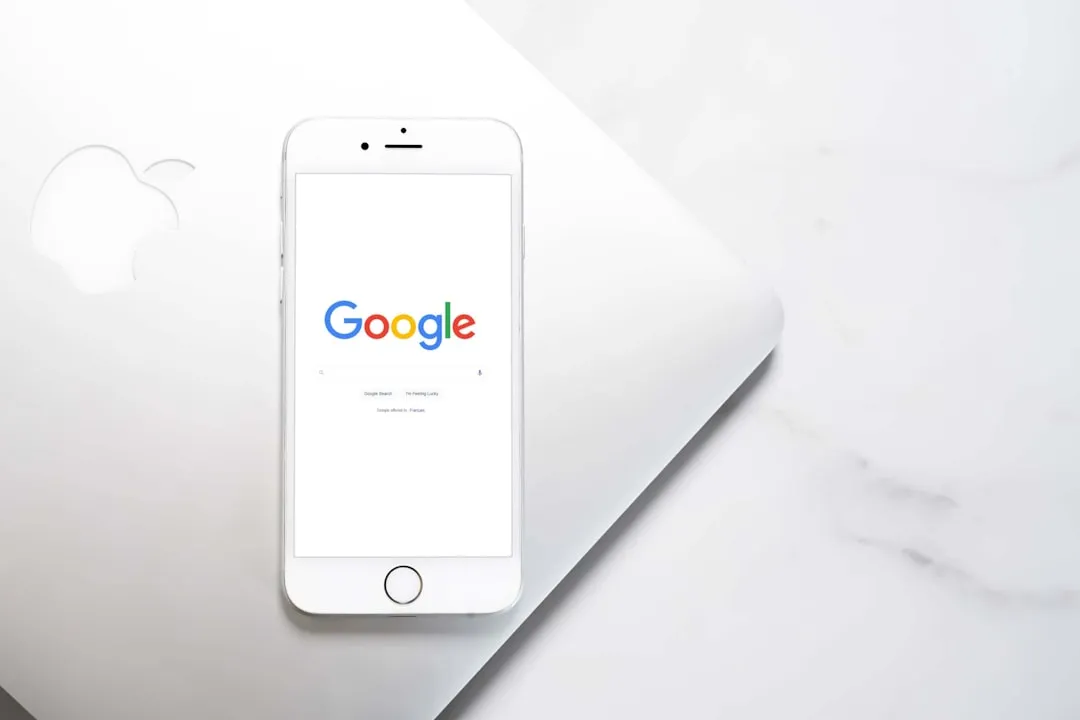
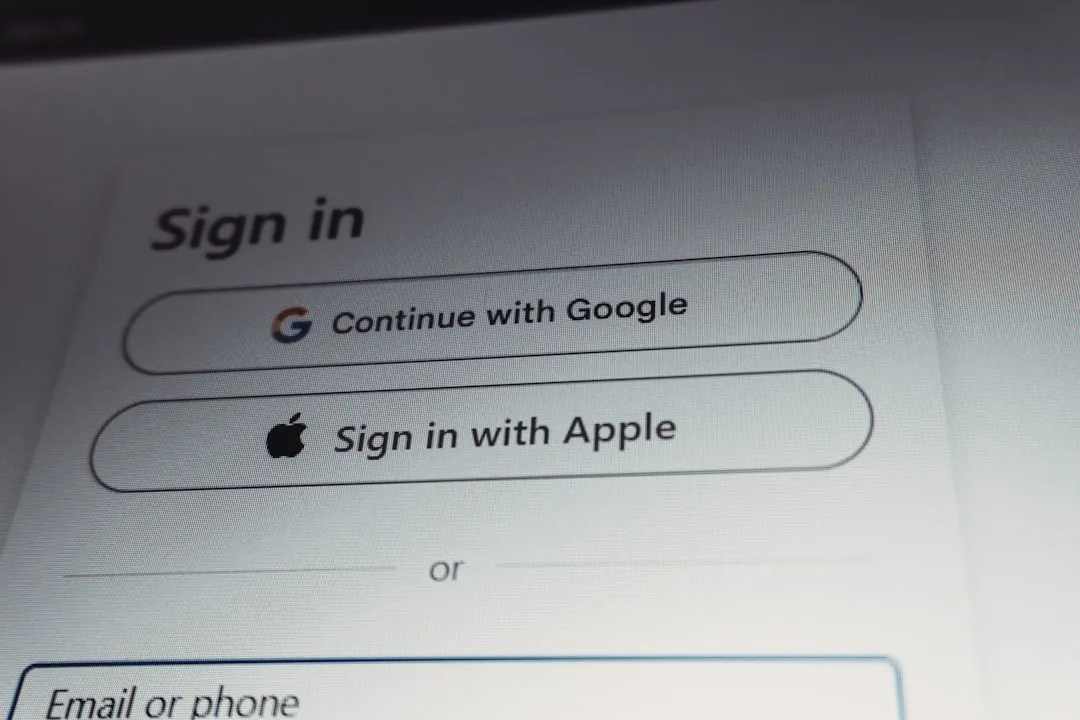
Comments
Be the first, drop a comment!